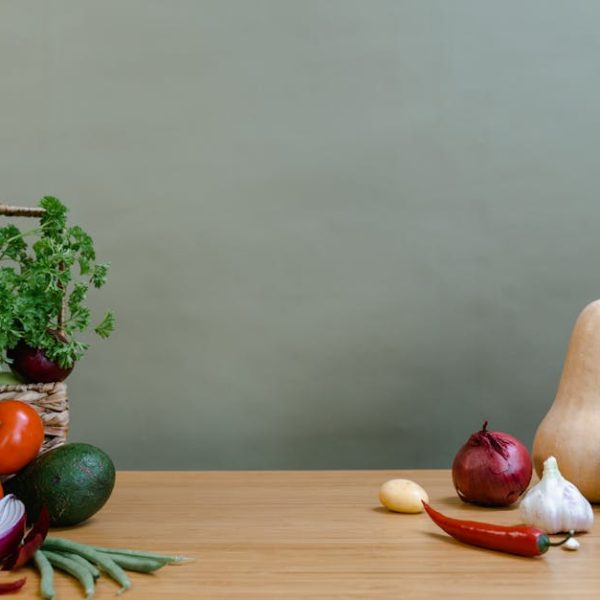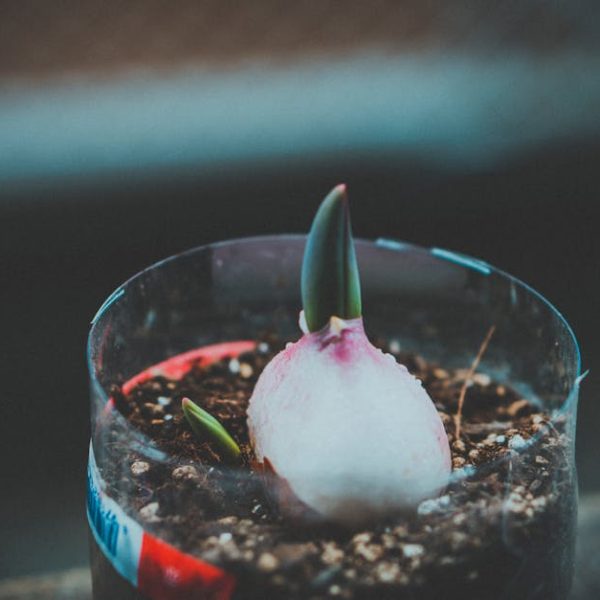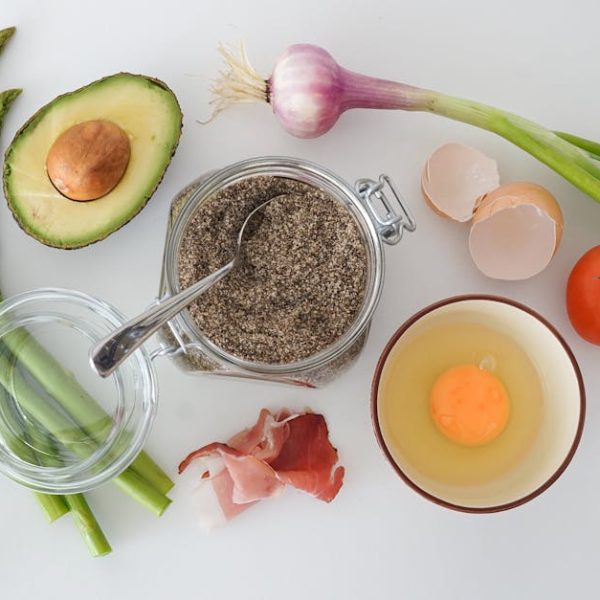Lettuce is a delightful addition to any dish, adding crunch and freshness. But keeping lettuce in top condition can be tricky. To help you with this, here are seven simple tips to keep your lettuce fresh longer.
Understanding the Nature of Lettuce
Lettuce, like other leafy greens, has a high water content, which makes it crisp but also prone to wilting and rotting. The freshness and crunch of lettuce largely depend on the moisture level, making its storage a delicate balance. Too dry, and the lettuce loses its crispness. Too damp, and it becomes a breeding ground for bacteria, leading to rot.
To avoid these pitfalls, you must create a Goldilocks-esque environment: just right. Store lettuce in a cool, slightly humid place. Danger zones are extremes of temperature and moisture.
Pro Tip: Aim for a storage temperature of around 4°C (about 39°F), with humidity levels of 96-98%.
Choosing the Right Lettuce at the Store
Expanding the freshness of your lettuce begins at the grocery store. Choose lettuce with crisp, perky leaves. Avoid heads with brown, wilted, or slimy leaves, as this is an indication that the lettuce is reaching (or has exceeded) its expiry.
Checklist for fresh lettuce:
- Crisp, perky leaves
- Rich, vibrant color
- No visible signs of damage or bruising
Cleaning and Storing Fresh Lettuce Right After Purchase
When you get your lettuce home, the clock starts ticking. The way you handle your lettuce in the first few hours can significantly extend its lifespan. To prepare your lettuce for storage, wash it in cold water to remove any dirt or insects. Dry it thoroughly – remember the dangers of excessive moisture! Then place it in an airtight container lined with a paper towel – this will catch any unwanted moisture.
Best practices for prepping lettuce for storage:
- Wash the lettuce in cold water.
- Dry completely.
- Place in an airtight container with a paper towel at the bottom.
- Seal and store in the refrigerator.
Storing Lettuce in the Fridge
Storing lettuce in the fridge extends its freshness, but only if done correctly. Not all storage containers are created equal – the material and design can impact the lettuce’s lifespan. Typically, lettuce stays fresher for longer in airtight containers than in plastic bags.
| Container Type | Pros | Cons |
|---|---|---|
| Airtight containers | Controls moisture better, protects from bruising | Takes up more space in the fridge |
| Plastic bags | Space efficient, readily available | Not always airtight, can lead to excess moisture |
Maintaining Lettuce Freshness During Storage
Once you’ve got your lettuce comfortably tucked away in the fridge, don’t forget to manage its environment. Try to maintain a consistent temperature and avoid placing lettuce near fruits that give off ethylene gas, like apples and bananas, which can cause wilting.
Pro Tip: Ideal storage place in fridge – middle shelves, away from ethylene producing fruits.
Best practices for maintaining freshness:
- Store lettuce away from ethylene-producing fruits.
- Keep a consistent temperature in your fridge.
Using Lettuce as Fresh as Possible
Enjoying your lettuce as soon as possible after purchasing allows you to make the most of its crunch and flavor. While proper storage can extend its freshness, nothing beats freshly bought lettuce.
Pro Tip: Plan your meals around the fresh produce you bought, including lettuce, to enjoy it at its freshest.
Inspection and Rotation of Stored Lettuce
Periodically checking your stored lettuce can prevent spoilage and waste. Make sure to look for signs of rot, like slime or wilted leaves. Rotation also helps – always use the oldest lettuce first.
Checklist for inspecting and rotating lettuce:
- Inspect lettuce regularly for signs of rot or wilting.
- Use the oldest lettuce first.
- Remove any spoiled leaves immediately to prevent spreading to the rest of the head.
In conclusion, keeping lettuce fresh is all about understanding its needs and addressing them properly. With these seven tips in your arsenal, your crunchy, refreshing lettuce can last much longer!
Key Takeaway:
- Understanding the nature of lettuce is vital; it needs a cool, slightly humid environment to stay fresh.
- Choosing the freshest lettuce at the store is the first step towards longer-lasting freshness.
- Prep and store lettuce properly right after purchase; wash, dry completely and store in an airtight container.
- Not all storage containers are equal; airtight containers are best in maintaining freshness.
- Be attentive and maintain the suitable storage condition in the fridge; avoid storing lettuce near ethylene-producing fruits.
- Use the lettuce as soon as possible for the best taste and texture.
- Regular inspection and rotation will ensure the longest possible freshness and help avoid waste.
Keeping lettuce fresh is an easy task once you understand its needs. Armed with the knowledge from these tips, you can enjoy crisp, refreshing lettuce for longer. Always remember: the freshness of lettuce starts from the moment you pick it up at the store, and its longevity hinges on how you store and maintain it.
FAQs
Q: How do I know if my stored lettuce has gone bad?
A: Signs of spoilage include slimy or wilted leaves and any indications of mold. If you spot these, discard the affected leaves immediately.
Q: Can I freeze my lettuce to extend its freshness?
A: Freezing is not recommended for lettuce as it can damage the cell structure and leave you with mushy, unappetizing leaves when defrosted.
Q: What if I don’t have an airtight container? Can I still store my lettuce in the fridge?
A: Yes, you can also use a plastic bag. However, take note that it may not control the moisture as effectively as an airtight container.
Q: Can I store other leafy greens the same way?
A: Yes, this method works well for most kinds of leafy vegetables.
Q: What fruits produce ethylene that I should not store my lettuce near?
A: Some ethylene-producing fruits that should be kept away from lettuce are apples, bananas, avocados, peaches, and tomatoes.
Keep on exploring our website for more practical tips and insights. Feel free to share this article with your social network and help your friends keep their lettuce fresher for longer!






